The difference between hand-brewed coffee beans and Italian coffee beans can I make hand-made coffee with Italian coffee beans?
With the development of boutique coffee, more and more people like individual coffee. There are also two types of coffee on the market, one is single coffee beans, the other is mixed coffee beans, single coffee beans are generally used in the production of hand-brewed coffee, of course, there are many boutique coffee shops use single coffee beans to make espresso. Blended coffee beans are generally used in the production of espresso. Blending coffee beans can give espresso flavor stability. This time in front of the street, let's talk about the difference between individual coffee beans and mixed coffee beans.
Before talking about individual coffee beans and blending coffee beans, Qianjie coffee has always adhered to the most important point-the freshness of coffee beans.
First of all, whether you choose single beans or blended coffee beans, you should have a clearly marked baking date (not an effective date or shelf life), a brand reputation and an emphasis on fresh roasting. In addition, excellent coffee bags are usually designed with a "one-way exhaust valve" (a button-shaped hole in the top of the coffee bag) for coffee beans to discharge naturally occurring carbon dioxide. Point the one-way exhaust valve at the nose, gently squeeze the coffee bag and smell the gas. If it is a charming and fragrant coffee aroma, the freshness will not be a problem. On the contrary, if it does not smell strong enough, or even smells of smelly oil, it means that this bag of coffee has already gone bad and should be avoided. Every packet of coffee beans sold in Qianjie Coffee is packaged with an one-way exhaust valve to ensure that each packet of coffee beans is in the freshest state to lovers. The reason why Qianjie puts so much emphasis on fresh baking is that with the passage of time, the coffee has been roasted for more than 50 days, there is basically no aroma. Well, some people will ask whether the coffee is as fresh as possible, nor is it that in the first two days of roasting, its aroma is not very stable.
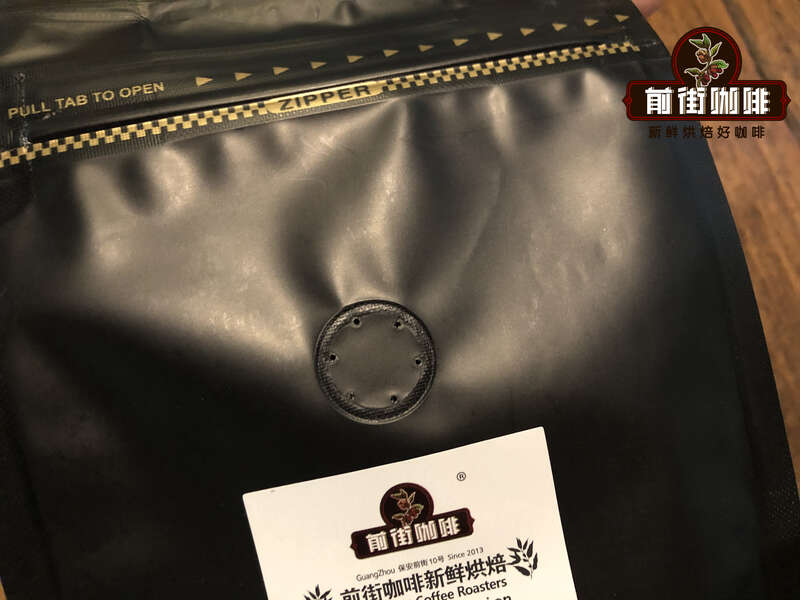
Individual coffee beans
Individual coffee refers to the coffee produced from a specific producing area, a specific producing area and a specific plantation, with a unique special flavor that can reflect the local culture. Take, for example, Qianjie Coffee's Sakui Coffee, which comes from Sakui Coffee beans from the Xida Mogu Gibbu processing plant in Ethiopia.
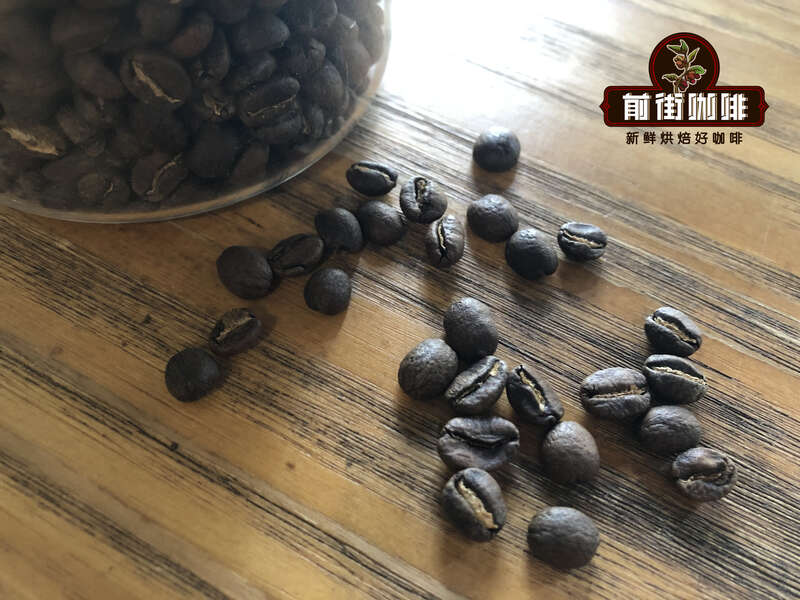
Individual coffee is unique because in the purchasing process, they can check the quality of each batch, or even every raw coffee bean. The process is likened to picking strawberries: "imagine you can only pick a small bowl of strawberries that are the most mature, sweetest and softest." The same is true of individual coffee, which is relatively expensive because its quality is monitored so that you can get more sweet, floral and syrup-like flavors from the coffee, while avoiding imperfections and negative tastes. The roasting degree of individual coffee beans varies, and different roasting degrees will make the roasted coffee beans show different coffee flavors.
Mix coffee beans
Also known as mixed coffee, Italian coffee beans, is a variety of individual coffee beans mixed together, so as to give full play to the strengths of various individual coffee beans, blended beans from different areas of coffee beans mixed to make a more balanced taste. For example, if one kind of coffee bean is slippery but lacks aroma, another kind of coffee with rich aroma can be added to make the advantages of individual coffee beans complement each other, complement or strengthen each other in taste, thus creating a richer new taste of coffee. Sometimes the beans are mixed first and then baked, which is called roasting; sometimes they are roasted and then mixed with coffee beans, which is called cooked. Whether it's pre-mixed raw beans, or baked individually and then mixed. Both methods are acceptable depending on the nature of the coffee in the formula. The mixture after baking provides different degrees of baking for each bean so that each ingredient shows the best effect.
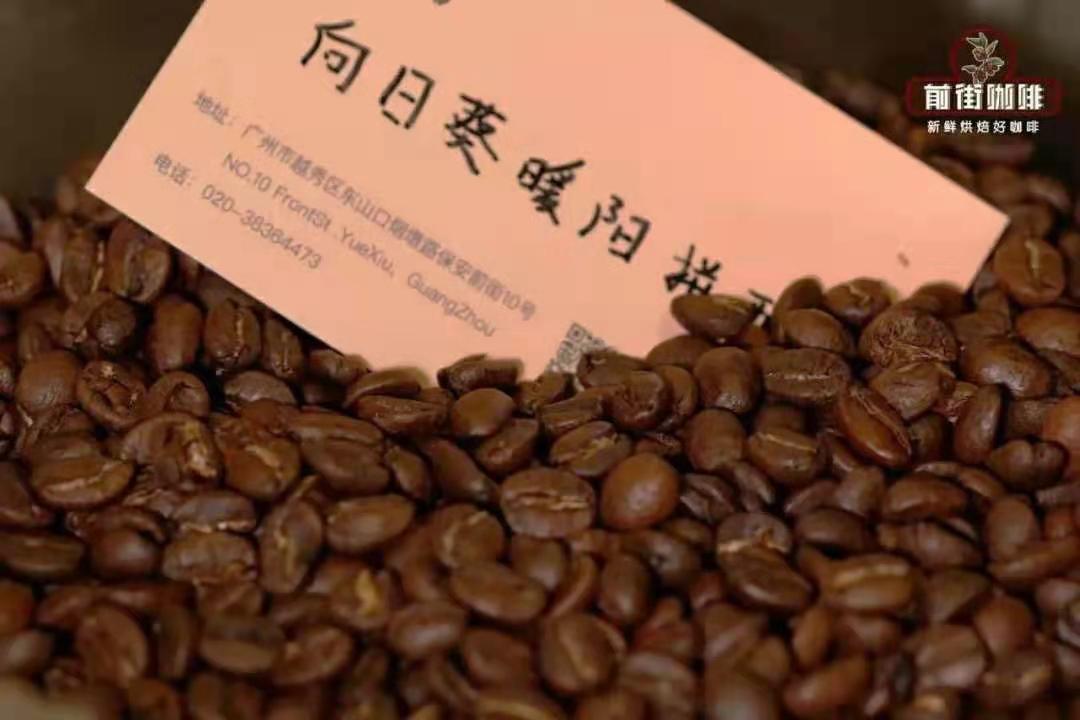
Qianjie Coffee should be reminded that before mixing beans, we should first know the flavor of different varieties of coffee in the world, and beans have different characteristics according to their origin, which requires roasters to be more clear about the characteristics of coffee beans in multiple producing areas. to adjust the baking curve. Different coffee beans have different personalities because of different varieties and producing areas, and there are subtle differences in sour, bitter, sweet, aroma, mellow thickness and other flavors. Single coffee beans often show the unique characteristics of a certain kind of coffee.
Is single espresso (soe) made from hand-brewed coffee beans?
Conceptually, turning hand-made coffee beans into espresso is indeed SOE's "single-origin espresso", but in practice it is not as simple as you might think.
SOE should be a more prominent flavor espresso compared with traditional espresso. This characteristic also affects the selection of SOE coffee beans should try to choose high flavor identification and strong coffee beans, if you choose coffee beans with lower flavor intensity to make SOE, the espresso produced will be poor and powerless. Just imagine that this kind of SOE, which has no characteristics and loses the balance and stability of matching beans, is not worth the loss.
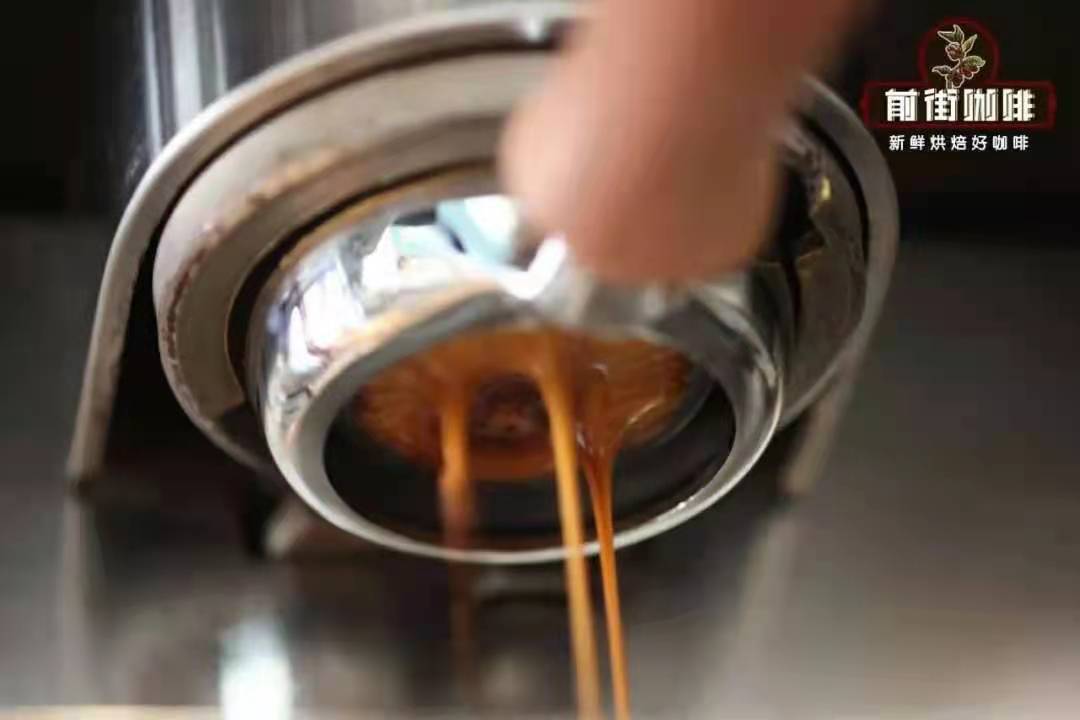
Secondly, the baking degree should not be too deep or too shallow, the deeper roasting degree will greatly erode the flavor of the producing area, while the shallower roasting degree will make the coffee machine enlarge the acidity brought by the shallow roasting under high pressure, which is easy to make the espresso sharp and sour, and the shallower roasting degree also makes the coffee beans harder and prone to insufficient extraction. The consumption of the flavor of the producing area and the imbalance caused by acidity run counter to the original intention of highlighting the flavor of a single producing area, so the curve of SOE baked from the same bean and the curve of hand-brewed coffee should be two different baking curves.
Can you make hand-brewed coffee with coffee beans?
Blend refers to a mixture of more than two different coffee beans. The stereotype of blending in the minds of many people still stays in the blended beans used in traditional espresso. But in fact, blending is not equal to Italian coffee beans, blending is just the concept of mixing different coffee beans for some reason, rather than Italian coffee, that is, blending beans ≠ Italian coffee beans. So hand-brewed coffee is only a method of extraction, blending is only a type of coffee beans, the two do not directly determine the relationship between the two, mixing coffee beans can make hand-brewed coffee? The answer is yes.
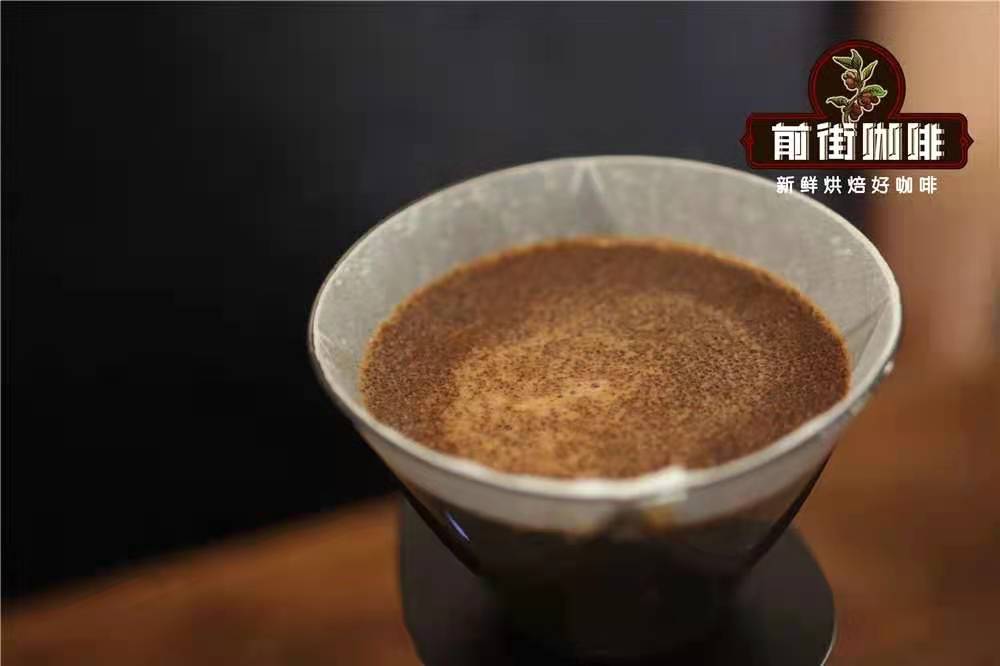
The espresso beans of Qianjie coffee:
Mixing coffee beans from different producing areas to create a blend of coffee beans is also a very common blending method in the old days.
1. A stable flavor
Because coffee beans are a kind of crop, the flavor of even the same kind of coffee beans will be different from year to year, so mixing several kinds of coffee beans can solve this problem and keep the taste basically the same every year.
2. Balance the taste
Because one of the features of the Italian coffee machine is that it magnifies the most prominent flavor feature of coffee beans, we hardly use a single variety of coffee to make Espresso, otherwise if that coffee bean is bitter, the Espresso will be very bitter and sour. So we need to balance the flavors by matching them.
The warm sun blend of Qianjie coffee is made from two producing areas of Honduras and Ethiopia. Shirley coffee beans bring rich whisky and chocolate finish to this coffee. Sun red cherries bring a sense of fermentation to this coffee, with berry aromas and a smooth palate. Flavor characteristics: it has obvious acidity, a hint of berry aromas, rich aromas of wine and chocolate, and a comfortable finish.
Mixed beans for hand-made coffee:
It is blended with different varieties of coffee beans from the same producing area. As the name suggests, mixed beans are produced by mixing different varieties, such as a popular Panamanian butterfly rose summer mix on the front street, famous for mixing about 70% rose summer varieties and 30% Kaddura Kaduai, and a recent rose summer blend of a Costa Rican Mira bead estate on the former street, mixing half of the rose summer varieties and half of SL28, ET47 and Maico.
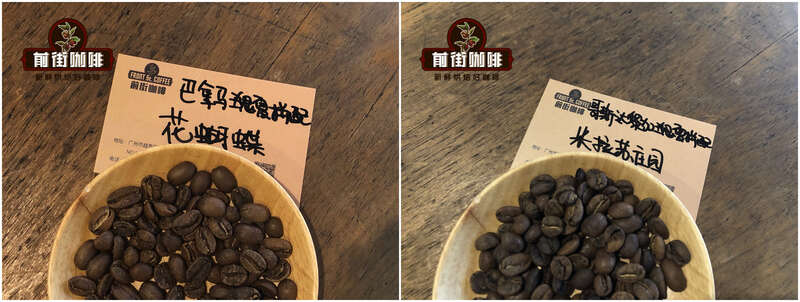
However, Qianjie believes that coffee beans made from a mixture of different varieties are also called blending, just to highlight one of the varieties, not in the traditional sense.
Interestingly, if we mix different varieties of coffee beans, then most of our common coffee beans will be matched, such as the common Kenyan mixture of SL28 and SL34, the native species of Ethiopia, and so on.
Important Notice :
前街咖啡 FrontStreet Coffee has moved to new addredd:
FrontStreet Coffee Address: 315,Donghua East Road,GuangZhou
Tel:020 38364473
- Prev

What's the difference between long black and American coffee? How do you make Long Black coffee? What's the flavor of growing black?
Ask for LongBlack in a coffee shop and at first glance you will get something similar to American coffee. However, if you go a little deeper, you will find that there is a difference. Like American coffee, long black is an espresso. Both have the same ingredients: espresso and hot water. But there are differences.
- Next

Latte ratio latte concentrate to milk ratio & glass or ceramic for latte cups?
Lattes have always been popular with the public, and the capacity of lattes varies from cafe to cafe. So what capacity cup is suitable for producing lattes? This time, Qianjie Coffee will talk about the proportion of latte coffee with what capacity of coffee cup is the most suitable. The latte in latte is transliterated from Italian latte, which means milk. Latte literally translated into me.
Related
- Beginners will see the "Coffee pull flower" guide!
- What is the difference between ice blog purified milk and ordinary milk coffee?
- Why is the Philippines the largest producer of crops in Liberia?
- For coffee extraction, should the fine powder be retained?
- How does extracted espresso fill pressed powder? How much strength does it take to press the powder?
- How to make jasmine cold extract coffee? Is the jasmine + latte good?
- Will this little toy really make the coffee taste better? How does Lily Drip affect coffee extraction?
- Will the action of slapping the filter cup also affect coffee extraction?
- What's the difference between powder-to-water ratio and powder-to-liquid ratio?
- What is the Ethiopian local species? What does it have to do with Heirloom native species?

